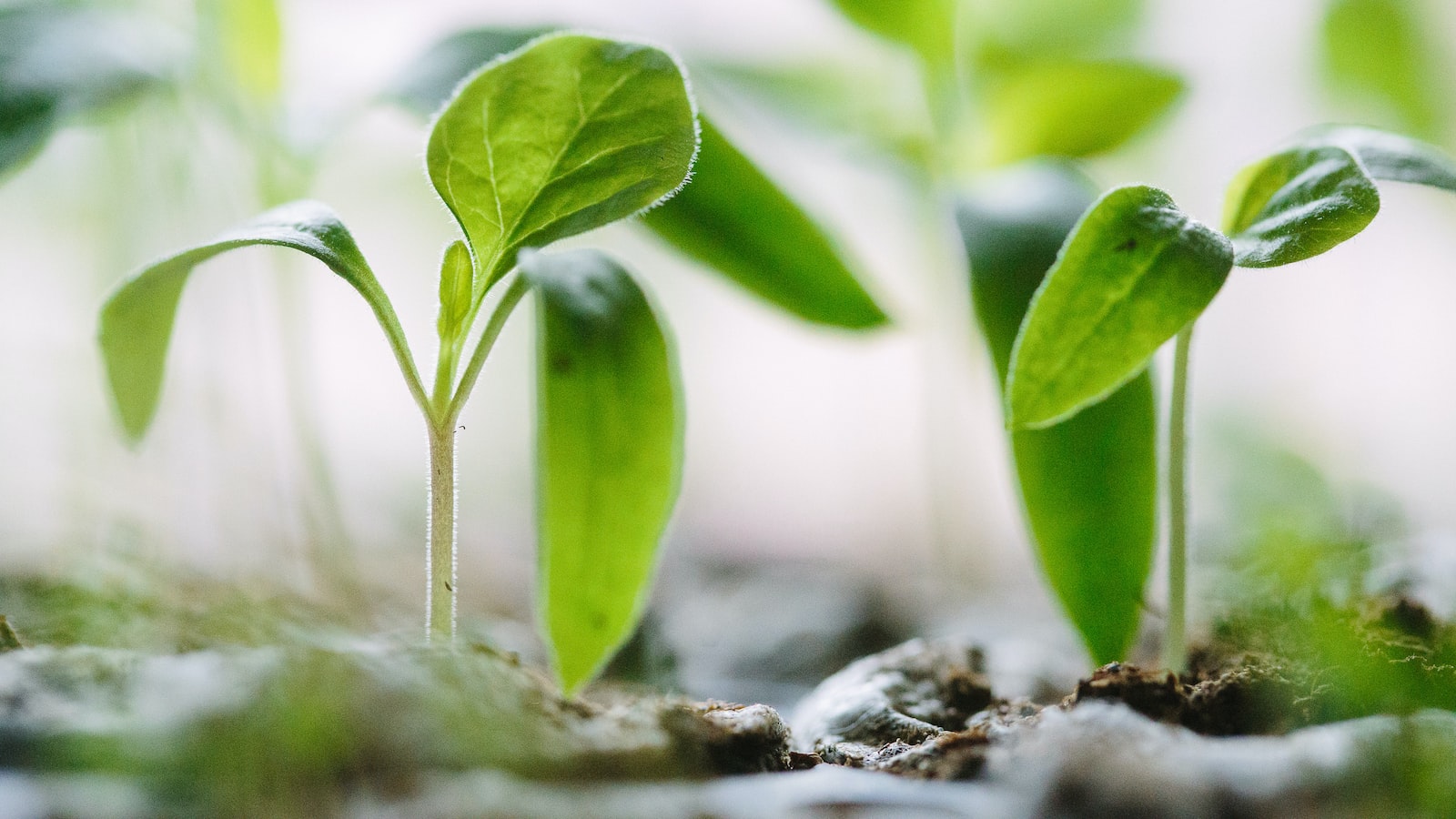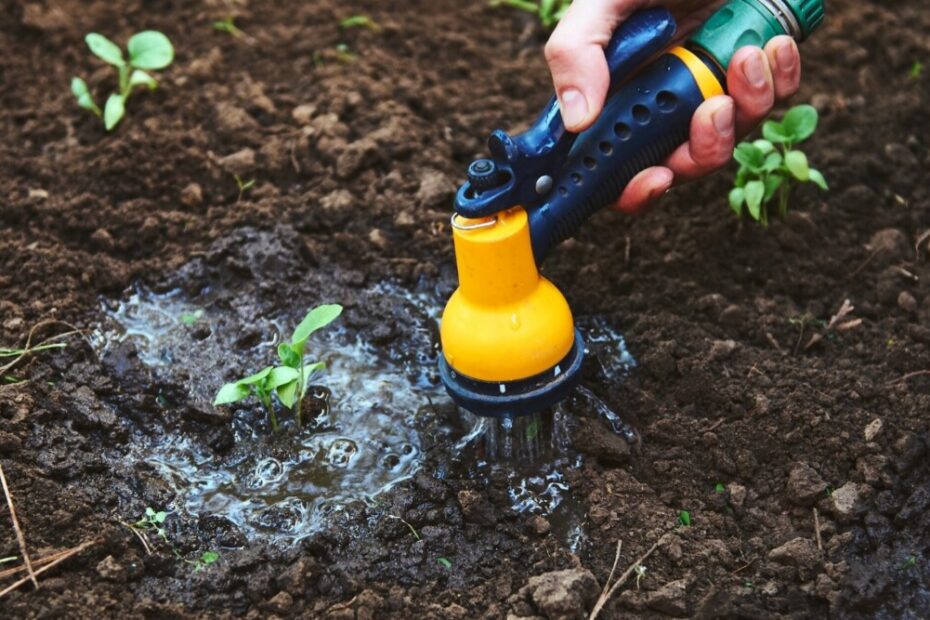The frigid grip of winter wraps its icy fingers around the world, casting a frosty spell that seems to halt the rhythm of life. As we huddle indoors, seeking solace from the biting winds, our gardens lie dormant, patiently awaiting the arrival of spring. Yet, even in the midst of this frozen slumber, one might question: when is it too cold to water plants? Despite the numbing cold and the potential danger it poses, our verdant companions still require a delicate balance of sustenance. In this article, we shall explore the boundaries of temperature, deciphering the intricate dance we must perform between nourishing our plants and shielding them from the icy abyss. So, gather around, plant aficionados, as we embark on a journey to uncover the secrets of watering when winter’s icy breath chills our lands.
Understanding the Effects of Cold on Plants: When Watering Becomes Tricky
As gardeners, we know the importance of watering our plants to keep them healthy and thriving. However, when the temperature drops, watering can become a tricky task. Cold weather can have various effects on plants, and it’s vital to understand when it may be too cold to water them.
Extreme cold temperatures can significantly harm plants, especially if combined with wet soil. When the mercury dips below freezing, the water in the soil can freeze and expand, causing damage to delicate root systems. Consequently, it becomes imperative to adjust your watering routine accordingly. Here are some key features and tips to consider when deciding whether it’s too cold to water your plants:
| Feature/Tips | Effect |
|---|---|
| Monitor the temperature | Ensure it’s above freezing to avoid damage. |
| Choose the right time | Water during the warmest part of the day to allow plants to absorb moisture before temperatures drop. |
| Inspect the soil | Avoid watering if the soil is already saturated or frozen. |

Determining the Optimal Temperature Range for Watering Plants
Watering your plants is crucial for their growth and well-being, but have you ever wondered if there is a temperature threshold below which watering should be avoided? In this post, we will delve into the question of when it is too cold to water plants, helping you navigate through this aspect of plant care with confidence.
While the temperature range for watering plants can vary depending on the types of plants you have, it is generally recommended to avoid watering when temperatures drop below a certain threshold. This is because extremely cold water can shock the plants and lead to damage or even death. As a rule of thumb, it is advisable to consider the following guidelines:
| Feature/Tips | Benefits |
|---|---|
| 1. Check the weather forecast | Prevents watering during freezing temperatures |
| 2. Water in the morning | Gives plants time to dry before colder evening temperatures |
| 3. Use tepid water | Prevents shocking the roots with extremely cold water |
Remember, each plant species has specific temperature preferences, so it is essential to research the ideal temperature range for the particular plants in your care. By understanding the optimal temperature range and following the suggested tips, you can ensure that your plants thrive and remain well-hydrated even in the colder months.

Signs of Cold Stress in Plants and Its Implications for Watering
As winter sets in and temperatures drop, it is crucial for plant enthusiasts to pay attention to the signs of cold stress in their beloved greenery. Understanding the implications of cold stress on plant health can help determine when it is too cold to water plants, preventing further damage and ensuring their survival.
One of the primary signs of cold stress in plants is wilting. As the cold weather sets in, plants struggle to absorb and distribute water efficiently, leading to wilting leaves and drooping stems. Another indication to watch out for is frost damage. When plants are exposed to freezing temperatures, ice crystals can form within their cells, causing them to burst and resulting in blackened, mushy foliage. Additionally, discolored or browning leaves are a telltale sign of cold stress, indicating that the plant is not receiving adequate water due to the cold conditions.
| Features/Tips | |
|---|---|
| Monitor soil moisture | Regularly check the soil moisture levels to ensure plants are not over- or under-watered. |
| Provide insulation | Protect plants from extreme cold by using mulch, blankets, or plant covers to provide insulation. |
| Water during warmer periods | Wait for a milder day to water plants when the temperatures are above freezing. |

Top Recommendations for Watering Plants in Cold Weather
As winter approaches and temperatures drop, it’s important to adjust your plant care routine to ensure the health and vitality of your precious green companions. Understanding when it is too cold to water your plants is crucial to their survival. Here are some top recommendations to help you navigate the challenges of watering plants in cold weather.
Features
- Consider using a moisture meter to accurately determine when to water.
- Opt for indoor watering methods such as using a watering can or misting bottle.
- Provide plants with sufficient drainage to prevent waterlogged roots.
Tips
- Water your plants in the morning to allow excess moisture to evaporate during the day.
- Monitor weather conditions to avoid watering if there is a high chance of frost.
- Adjust the frequency and amount of watering based on the specific needs of different plant species.
While it may be tempting to water your plants extensively during cold weather, it’s important to strike a balance and avoid overwatering, which can lead to root rot and other issues. Remember that different plants have varying water requirements, so understanding their individual needs is crucial. By following these recommendations and adapting to the unique conditions of cold weather, you can ensure that your plants stay healthy and thriving throughout the winter season.
Frequently Asked Questions
Q: When do plants reach their chilly tipping point and refuse to be watered?
A: Ah, plants are like discerning divas when it comes to their water intake! The answer to this question lies in understanding their limits, so let’s dive into the chilling world of plant hydration.
Q: Can you enlighten us on the perfect temperature range for watering plants?
A: Certainly! Mother Nature has bestowed upon us a sweet spot for plant hydration: the ideal temperature range hovers between 50°F (10°C) and 85°F (29°C). Within this cozy range, plants feel most receptive and grateful for their life-giving waters.
Q: When should we skip watering our leafy companions due to icy discomfort?
A: Just as we humans bundle up to fend off the cold, plants also have their limits. It’s best to hold back the watering can when the temperature plunges below 40°F (4°C). This frosty threshold can leave our green friends feeling chilly and uncomfortable, akin to our own aversion to icy showers.
Remember, dear readers, knowing when it’s too cold to water your plants ensures you strike the perfect balance between nourishment and respect for their cold-sensitive nature. As we bid farewell to this chilly discourse on the appropriate time to water our leafy comrades, may our green-thumbed brethren find solace in the knowledge bestowed upon them. Let these wisdom-laden words serve as a guiding force, gently nudging you towards horticultural harmony, even in the face of frosty adversity. Remember, dear readers, Mother Nature herself holds the compass that unites us all, ensuring prosperity and vibrancy for our beloved plants.
With each passing season, as temperatures plunge and the winds whistle their frosty symphony, it becomes a delicate dance to find that perfect moment to quench the thirst of our botanical companions. Yet, fear not, for an astute gardener knows when to wield their magical watering wand and when to relinquish it.
As winter’s icy grip tightens around our gardens and landscapes, caution must be heeded. The celestial thermometer, ever vigilant in casting its cloak of chill, will guide us in our quest for precision. The moment it dips below freezing, watering becomes an act of cruel irony, transforming our nurturing efforts into icy shackles, binding our plants’ delicate roots in a frigid embrace.
Treading this botanical tightrope, we must remain mindful of our watering rhythms. Know that plants, even in their dormancy, seek sustenance; yet, a sip too soon, a drop too late, can spell disaster against winter’s sharp teeth. Patience, dear gardeners, patience is our ally, for it is in the passage of time that nature unravels her secrets and reveals the tender balance between care and caution.
And so, as the crisp winter nights envelop our surroundings, may you find solace in the knowledge acquired today. Nature, with all her marvels, will bestow upon us moments of balance, offering the perfect opportunity to nourish our botanical wonders once more. From seedlings to ancient oaks, from delicate petals to sturdy spines, our duty lies in their protection, safeguarding them from the biting cold and offering them sustenance only when it is needed most.
In this captivating dance between man and nature, we embrace the challenge of deciphering the subtle signs. Let the whispers of the wind and the gentle touch of frost guide you on this wintery path. For when the time is right, when the heavens grant us their benevolent touch, there is no greater joy than witnessing our plants thrive amidst the frozen landscape.
So, dear readers, venture forth into the world armed with knowledge, respect, and an unwavering love for all things botanical. The ever-changing tapestry of temperatures will forever test our mettle, but with a steady hand and a watchful eye, we shall conquer this quandary, ensuring that our plants flourish through winter’s frosty grasp.
Farewell, fellow gardeners, as we embark on new quests, nurturing our plants with newfound confidence, basking in the glory of horticultural triumph. Together, let us continue to grow, adapt, and celebrate the harmonious union between man and his verdant companions, reveling in nature’s enigmatic beauty.
- When to Put Weed and Feed on Lawn in Michigan - October 16, 2023
- When to Fertilize Potatoes Plants - October 16, 2023
- Can You Plant Clover in the Spring - October 16, 2023

